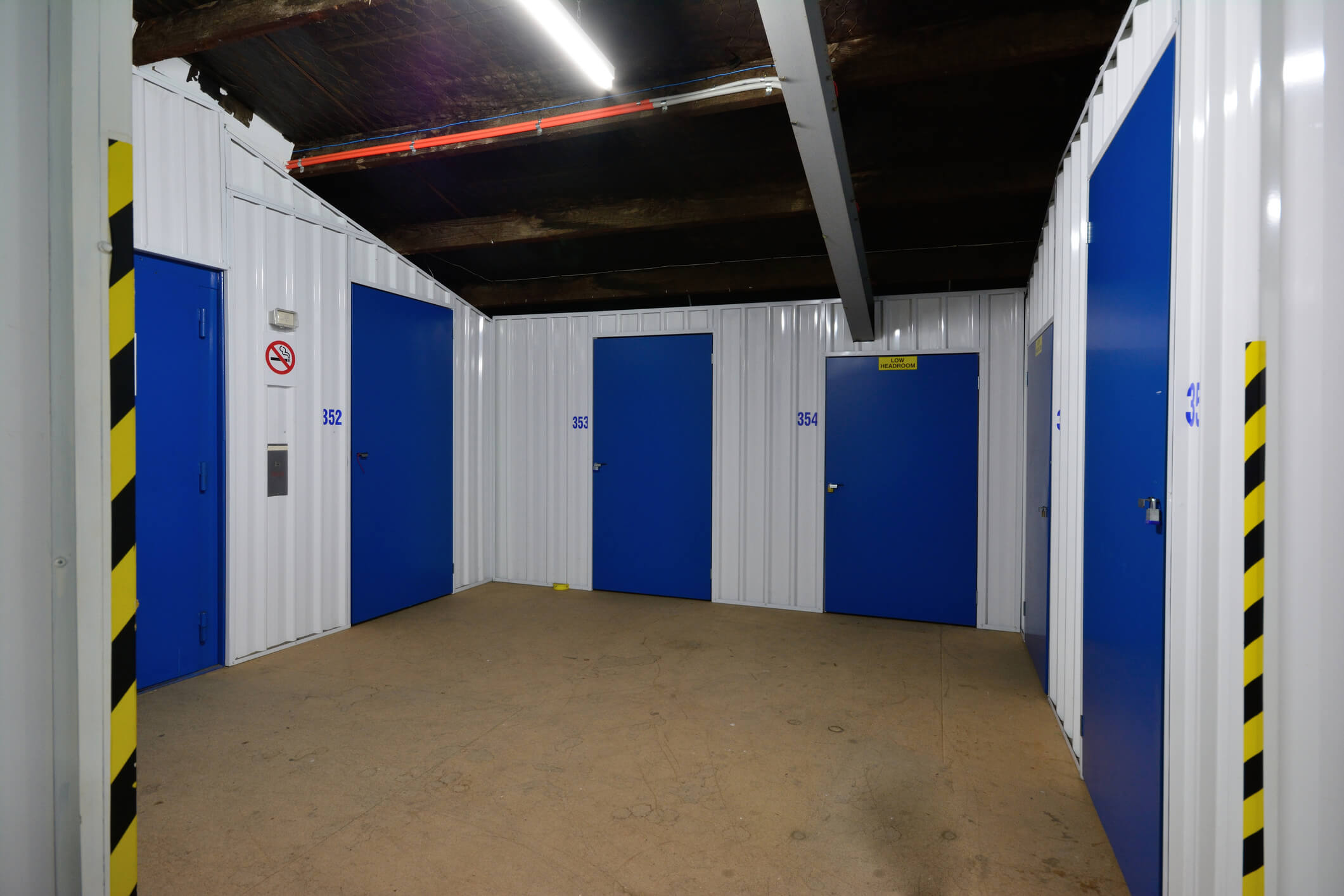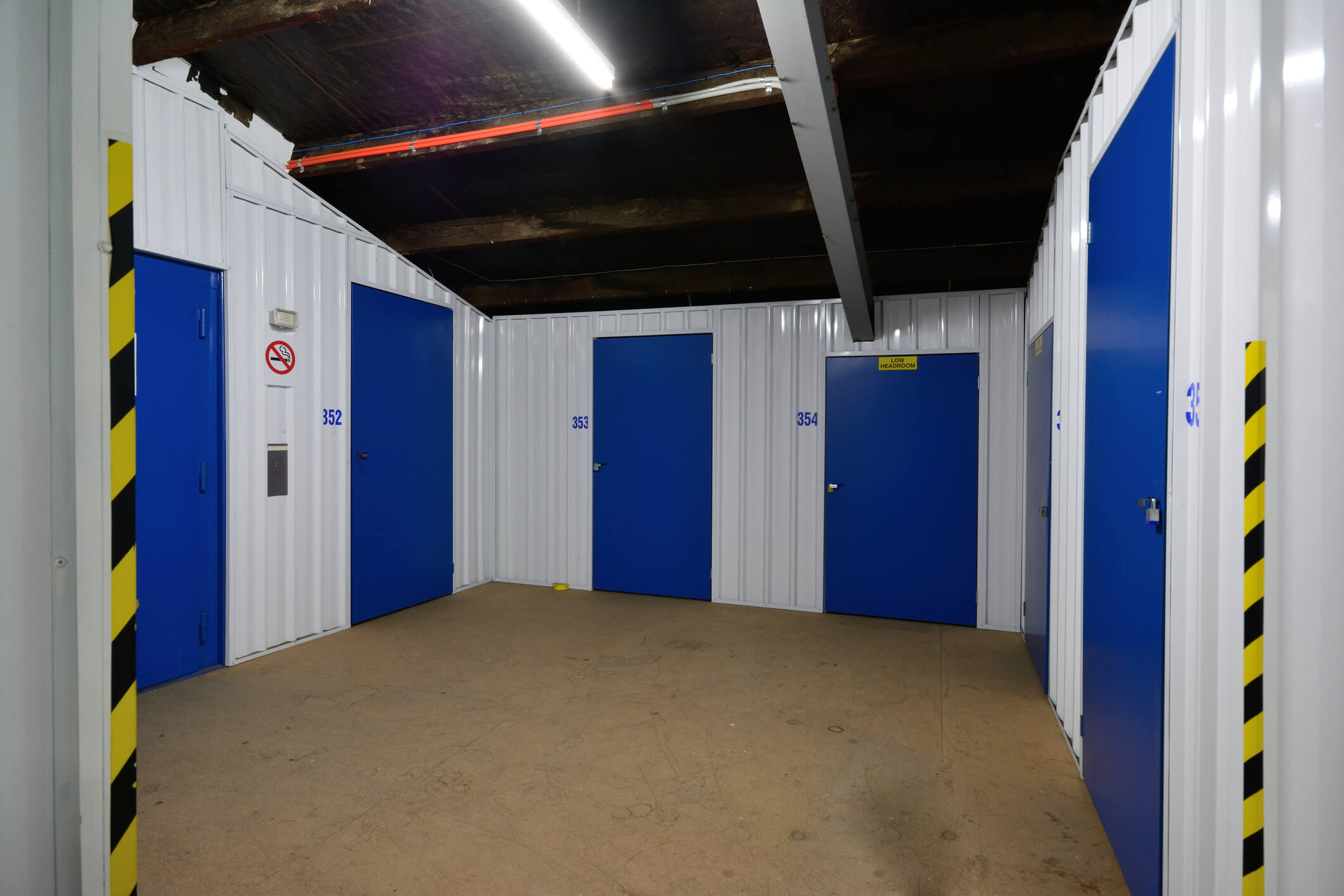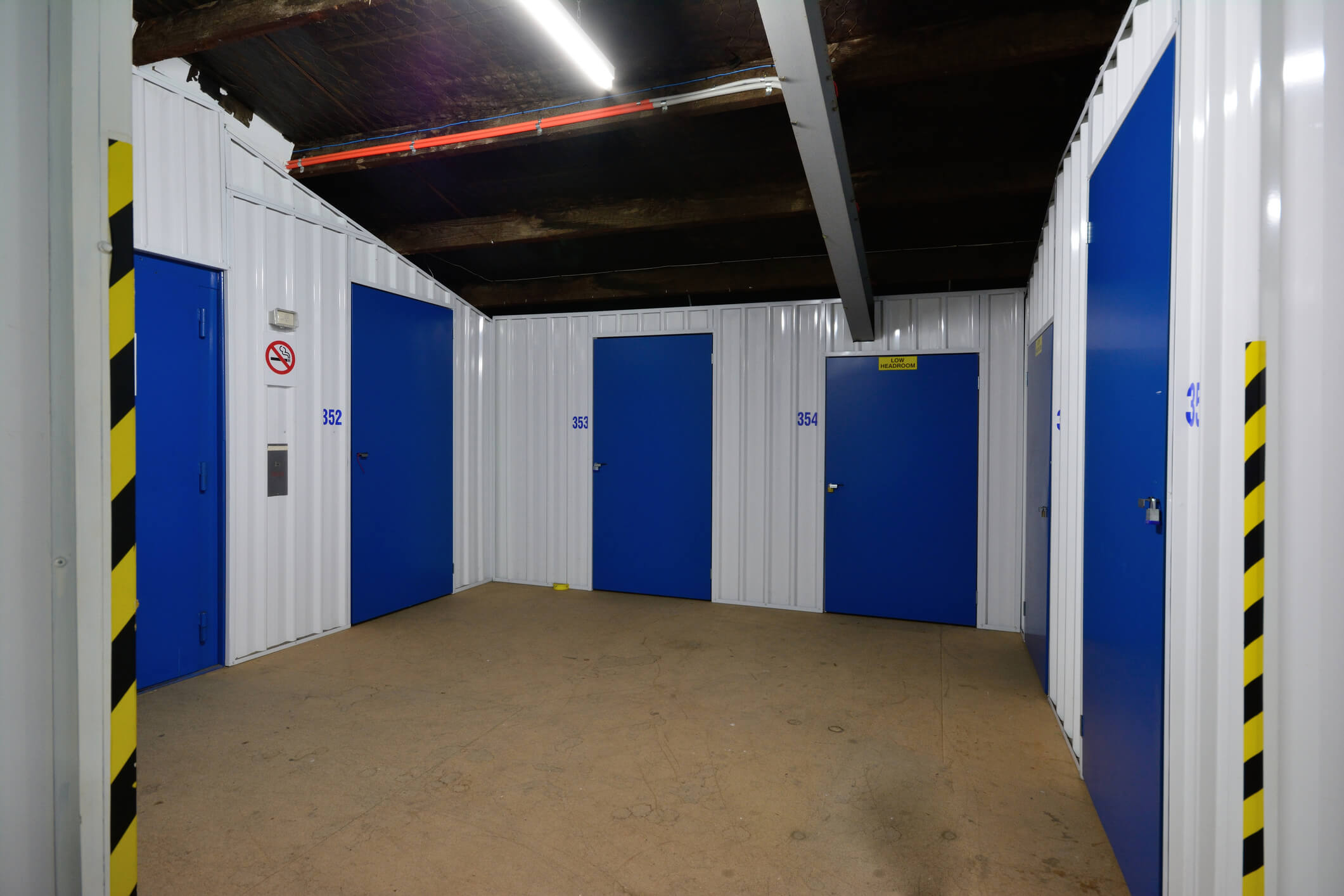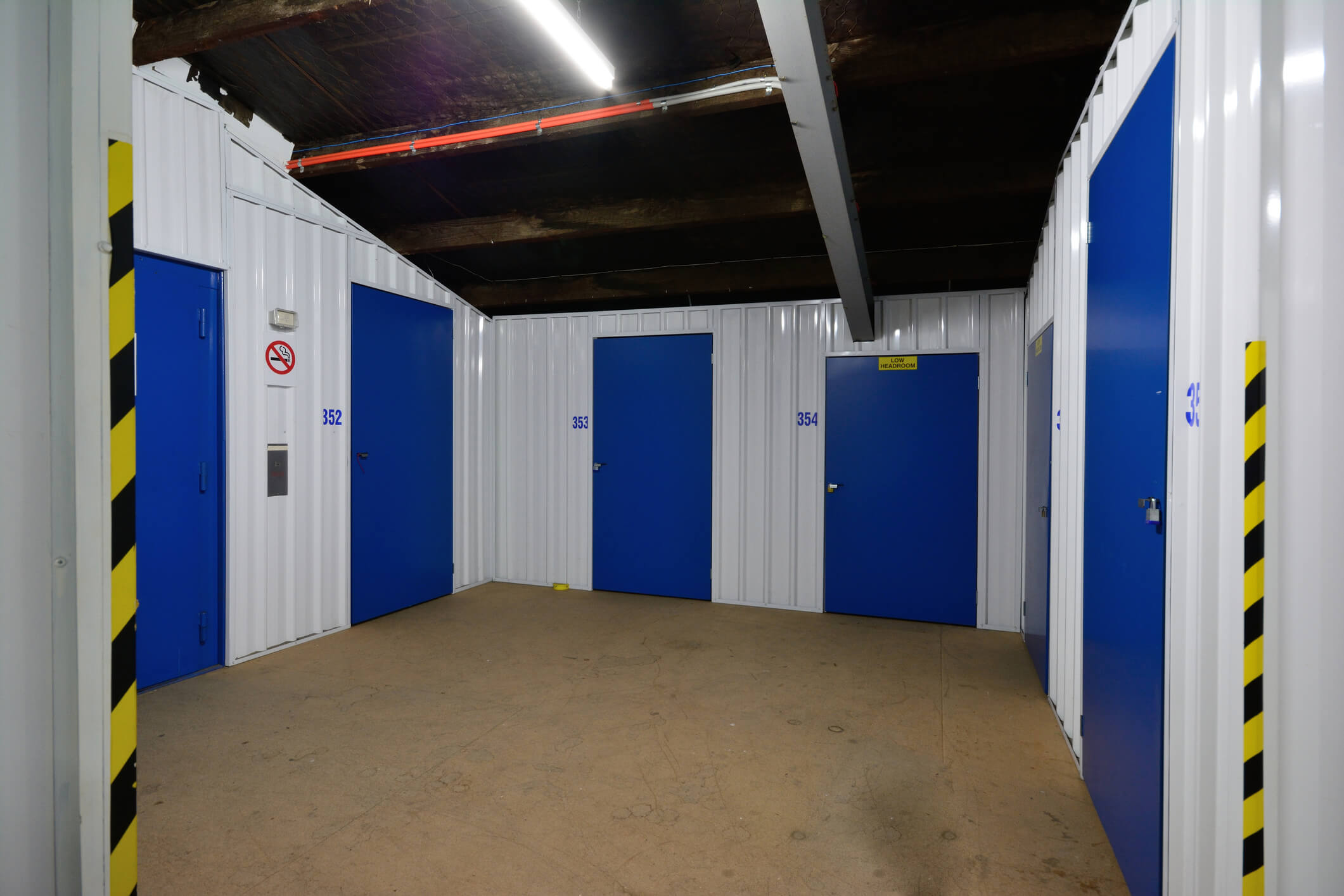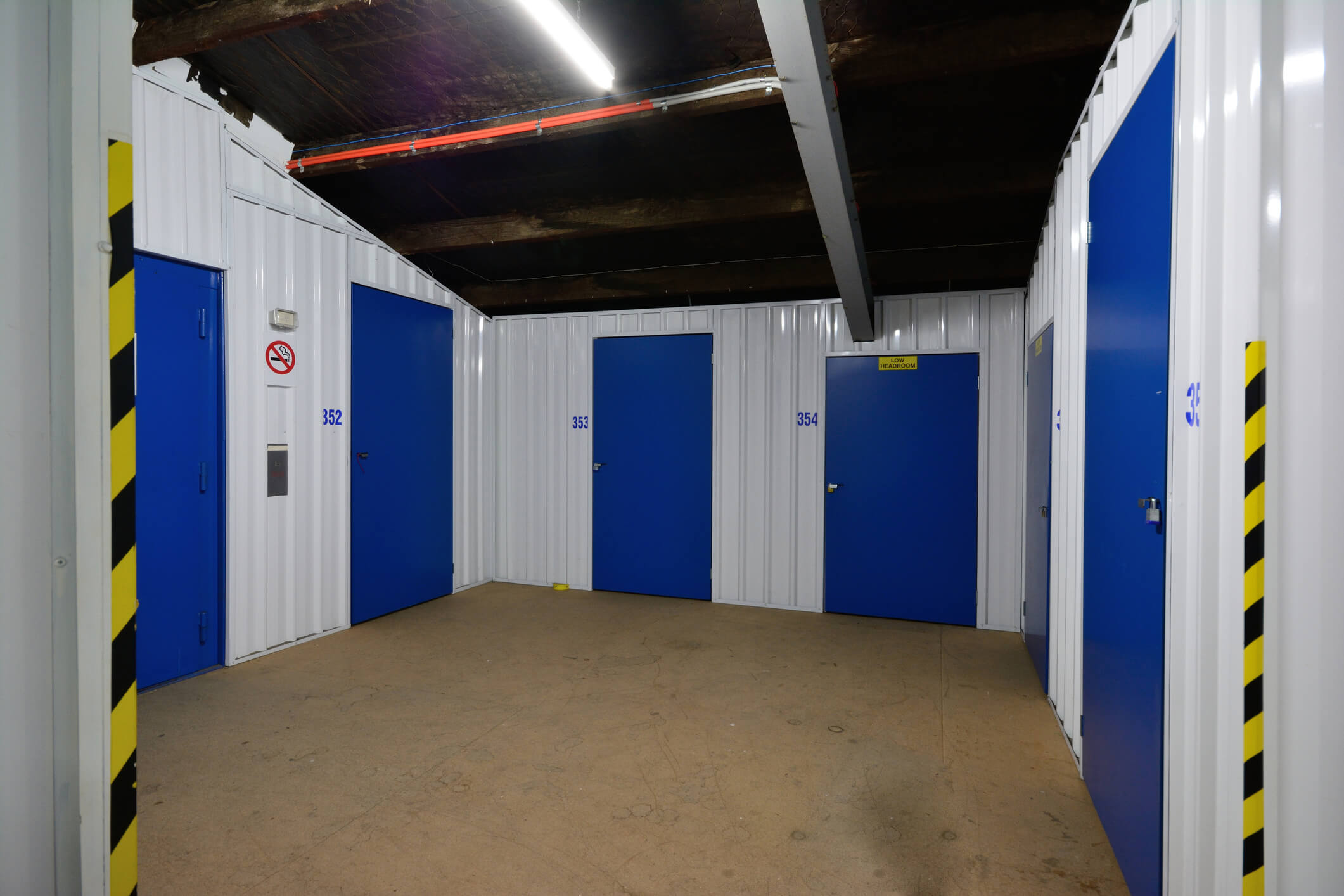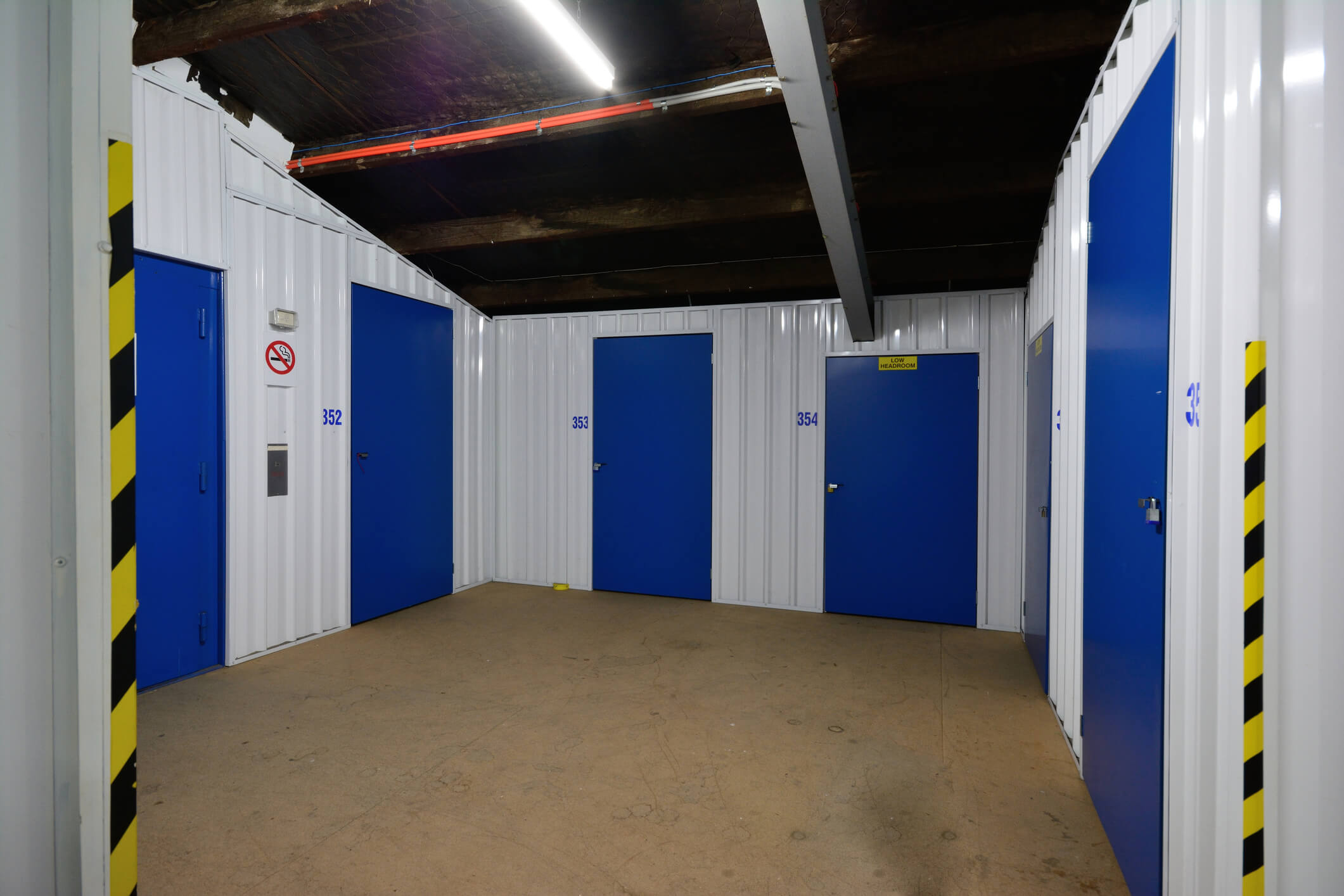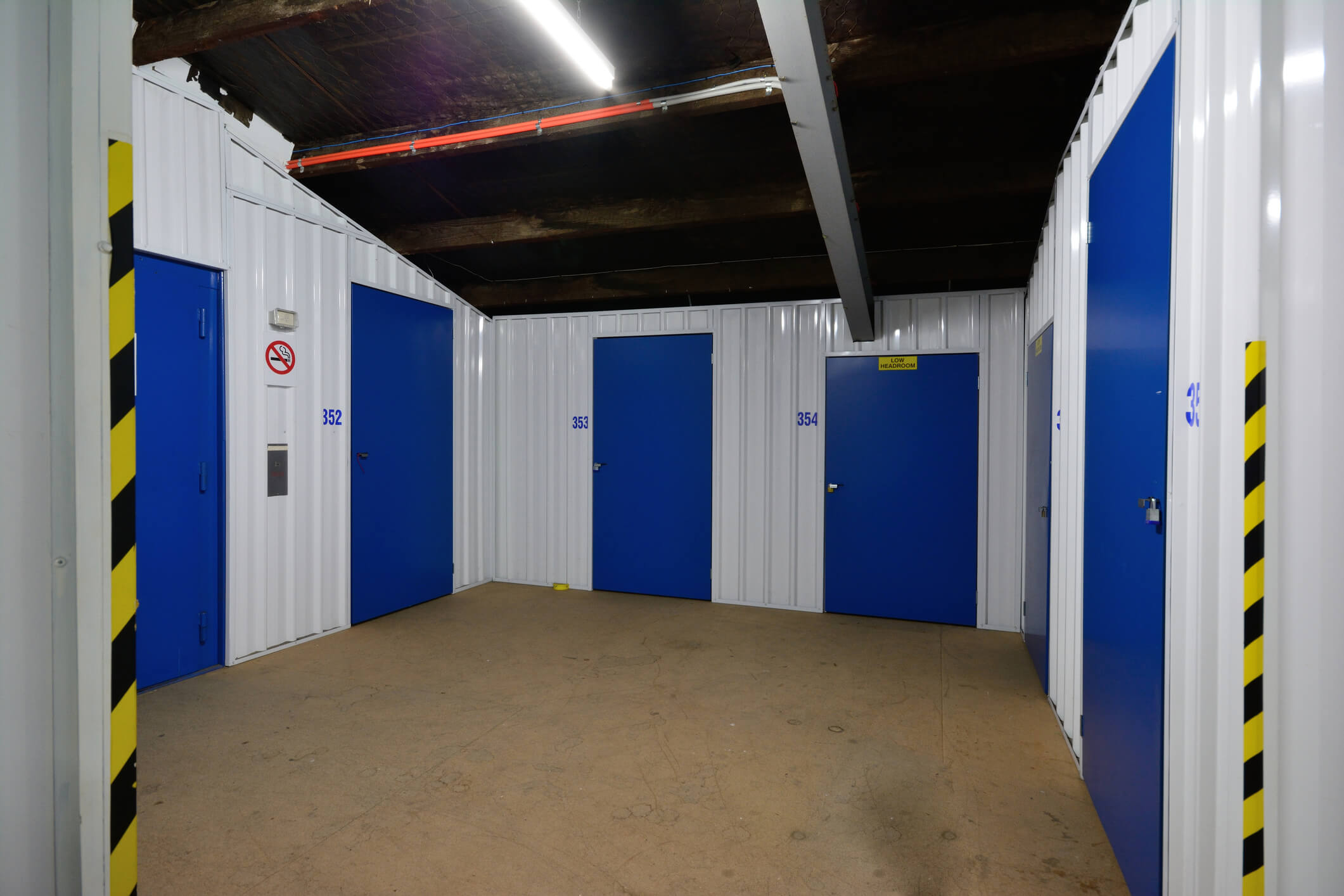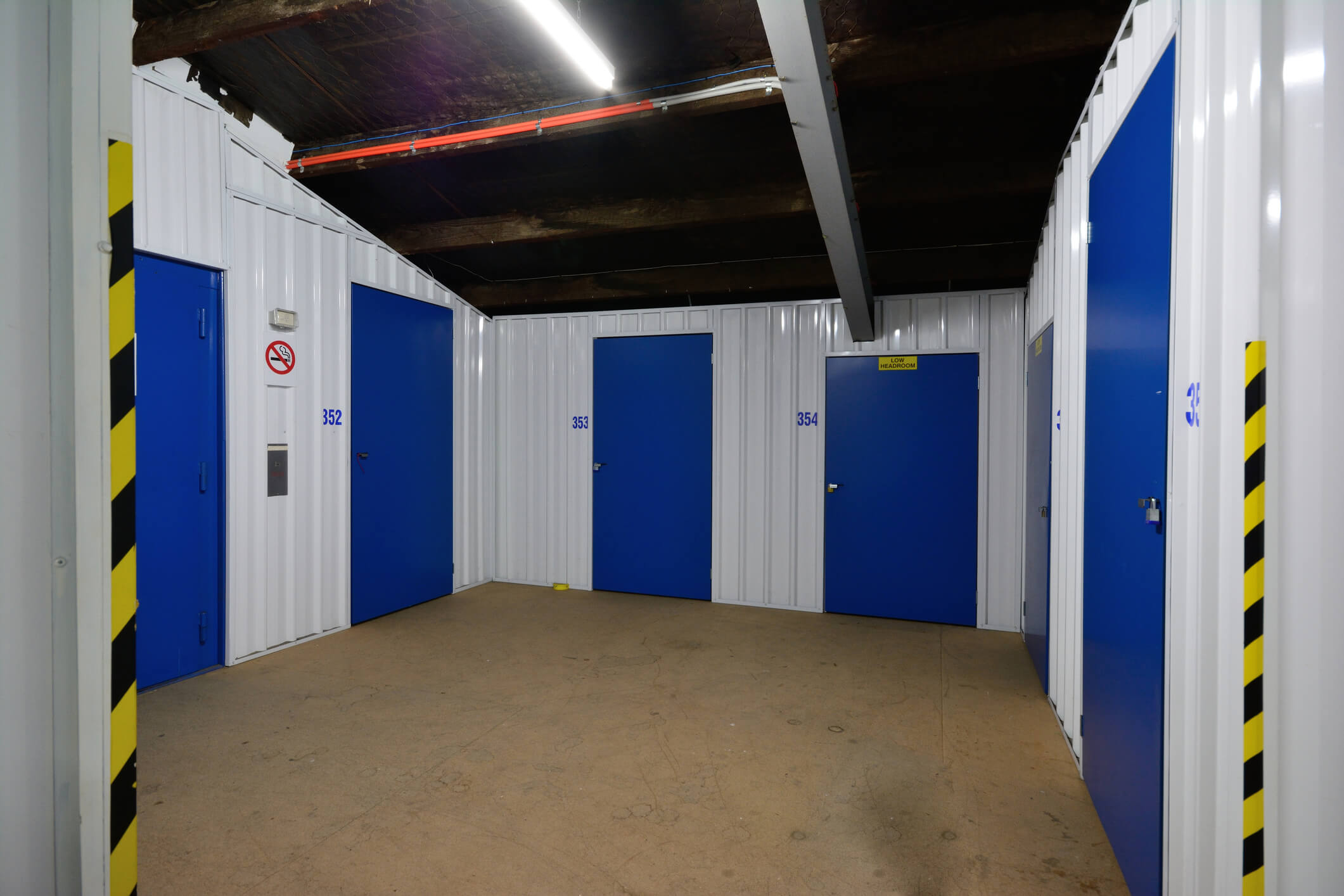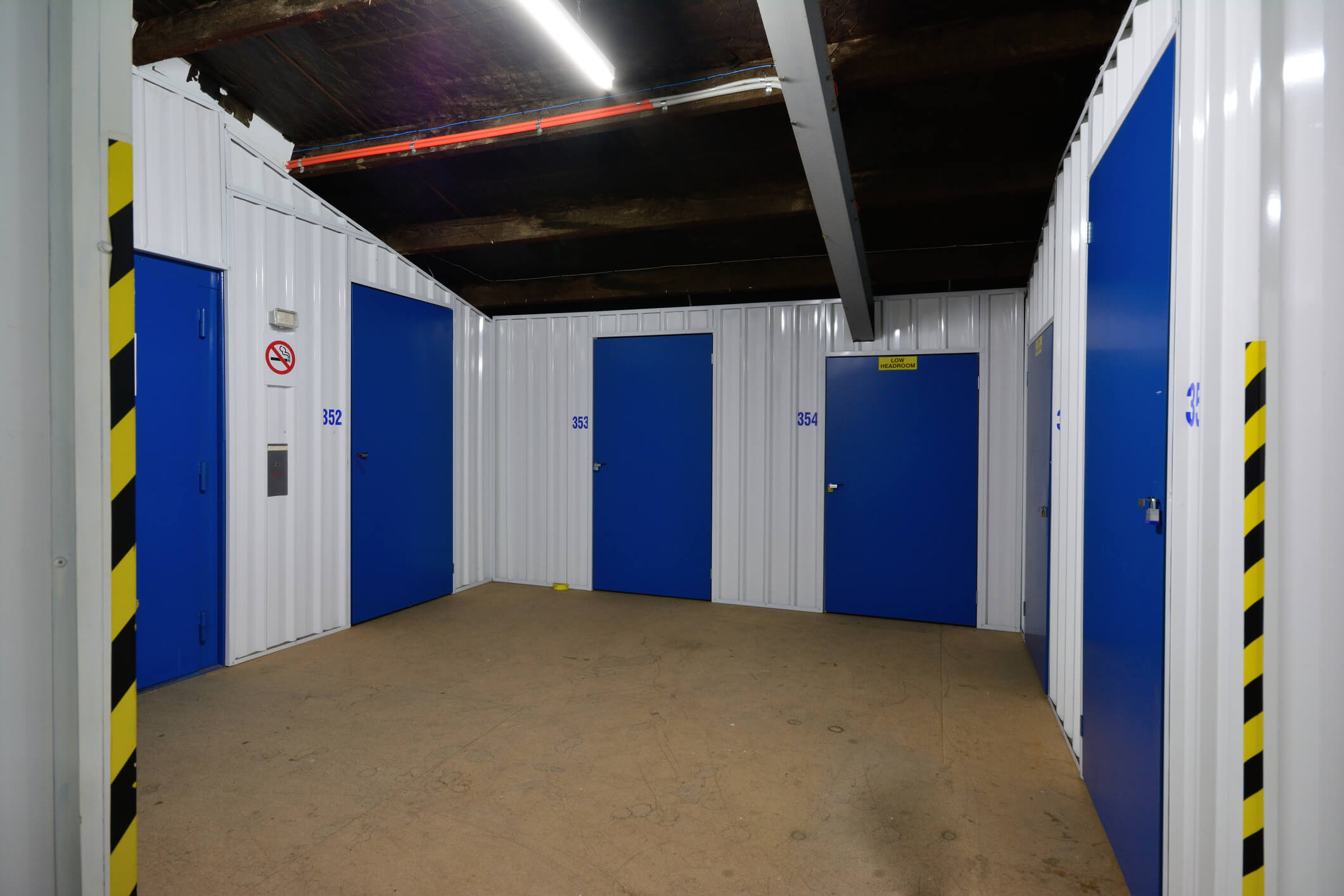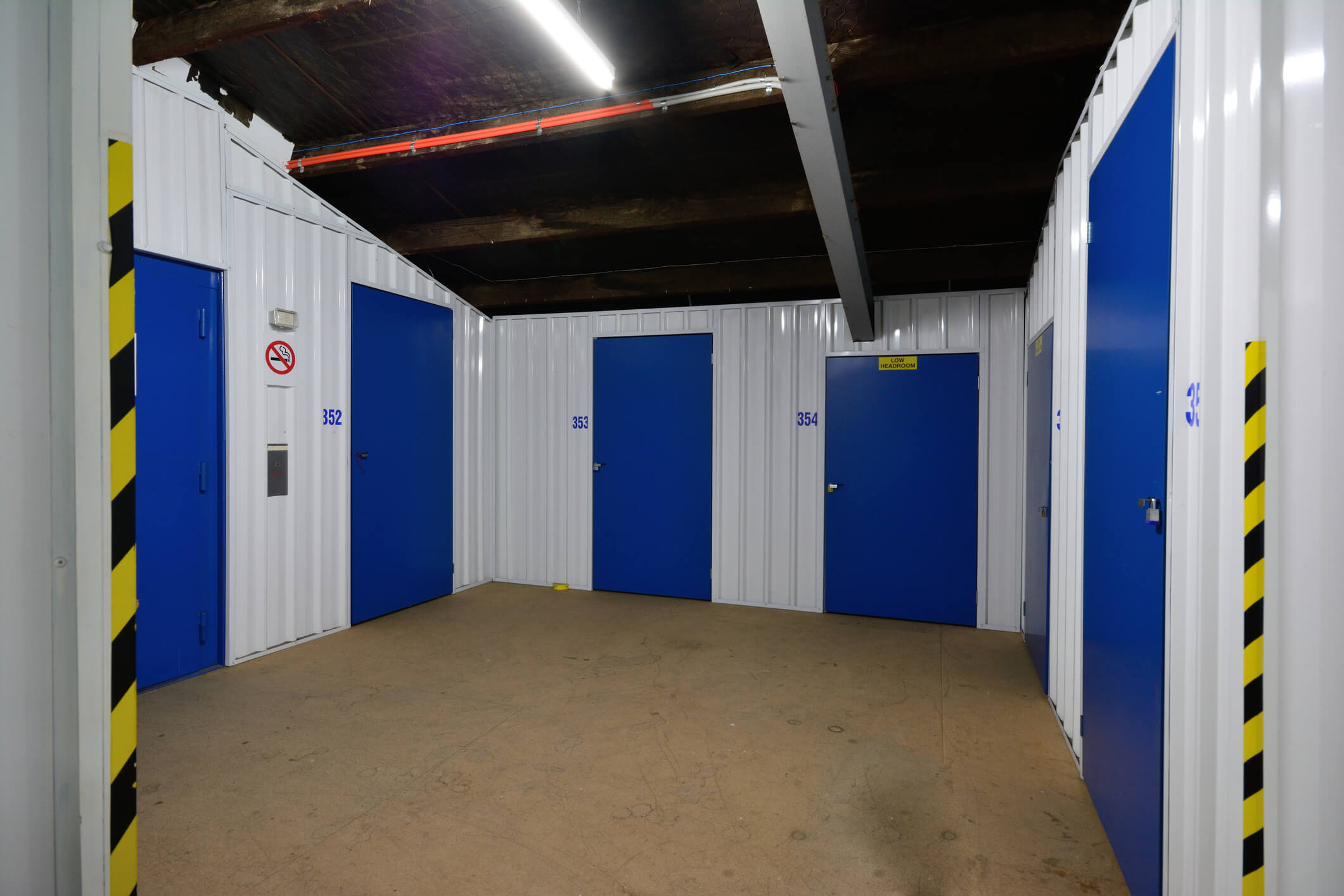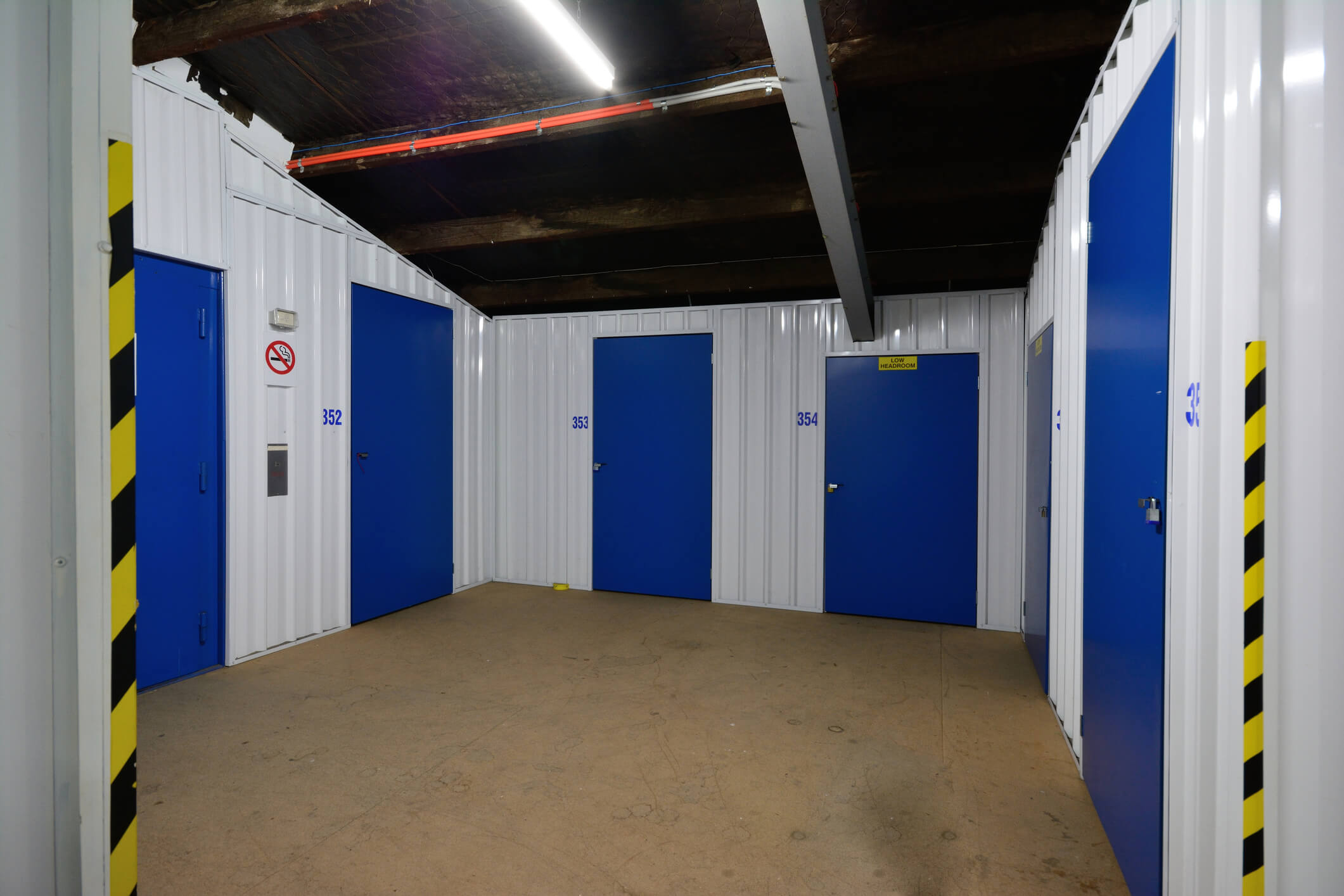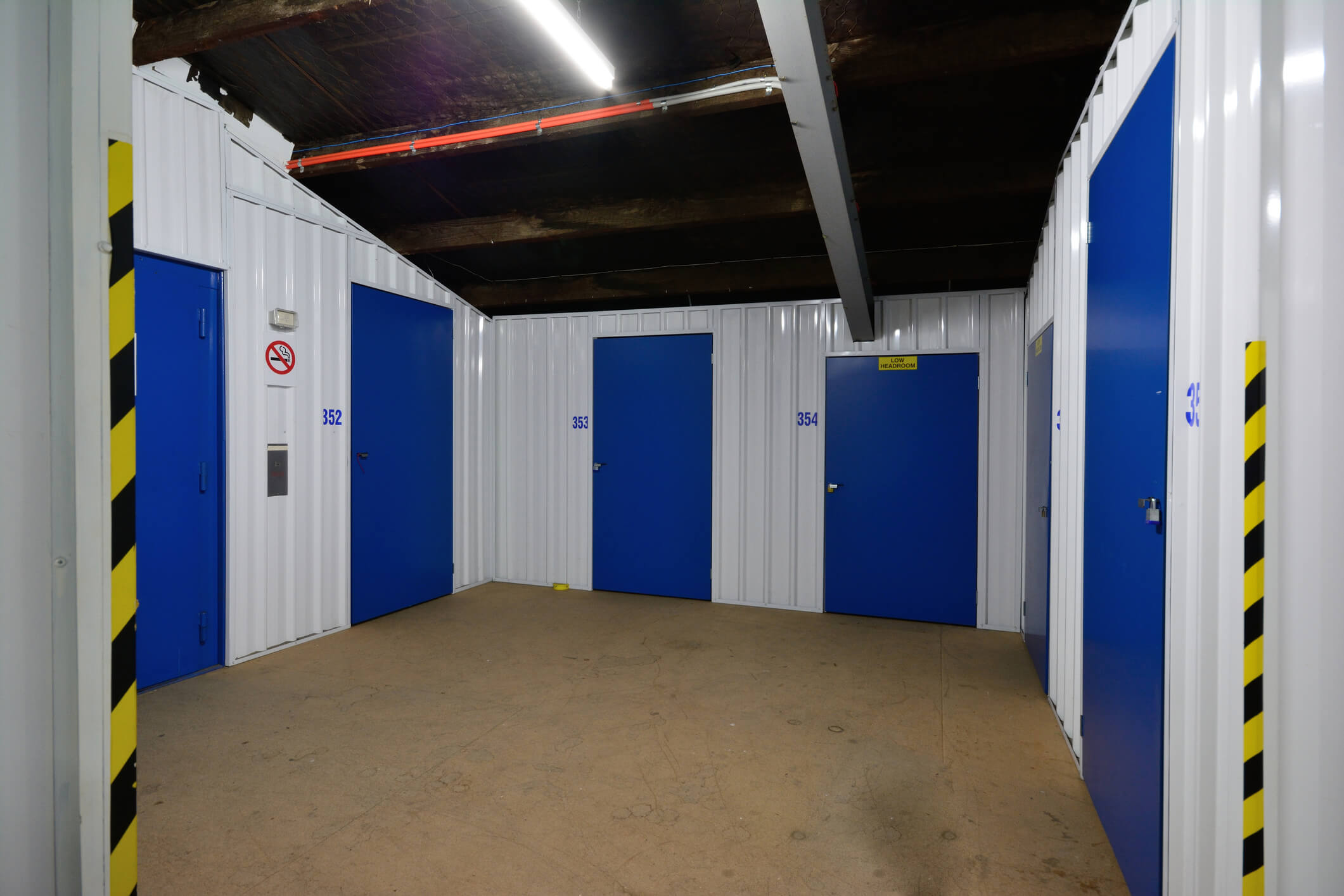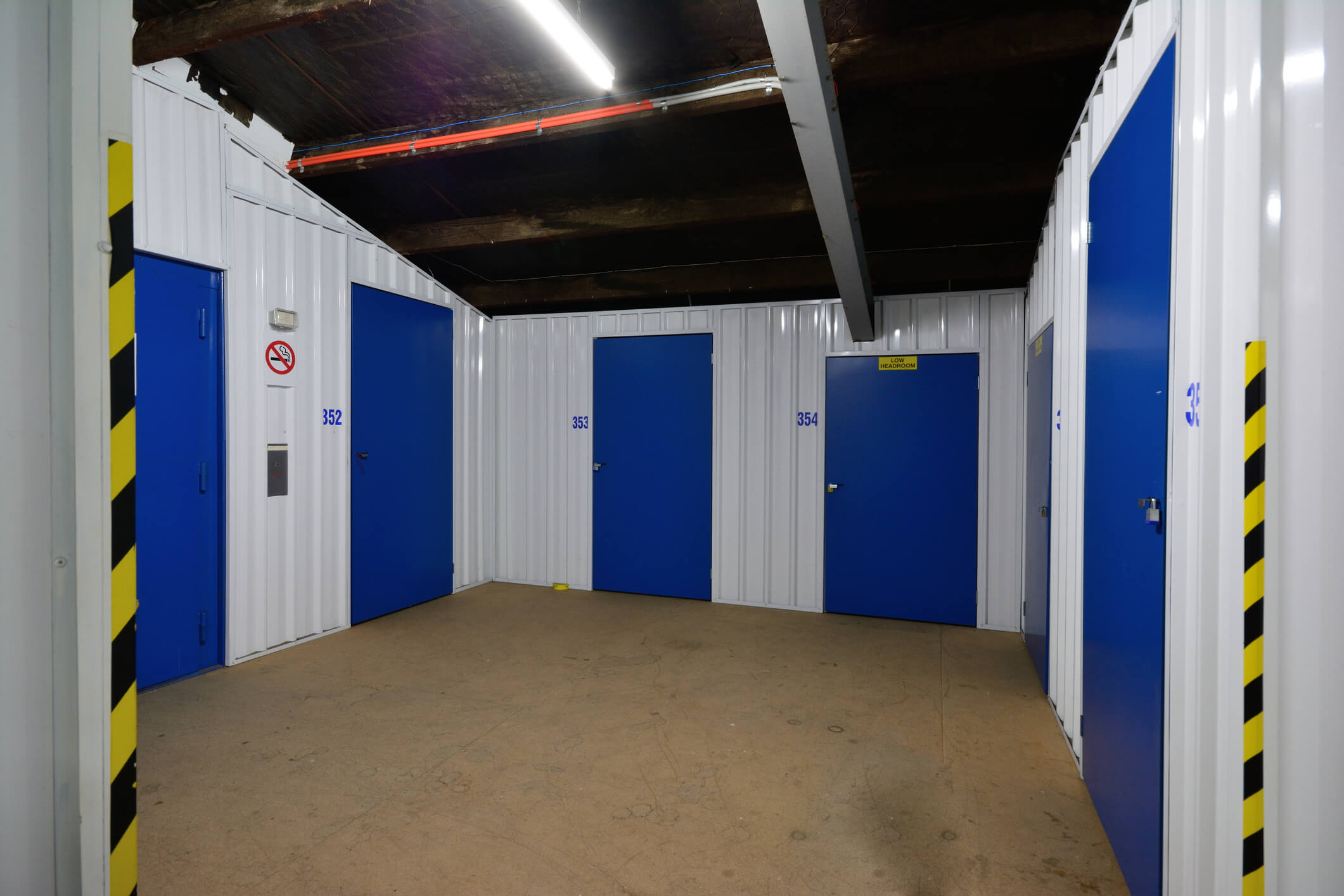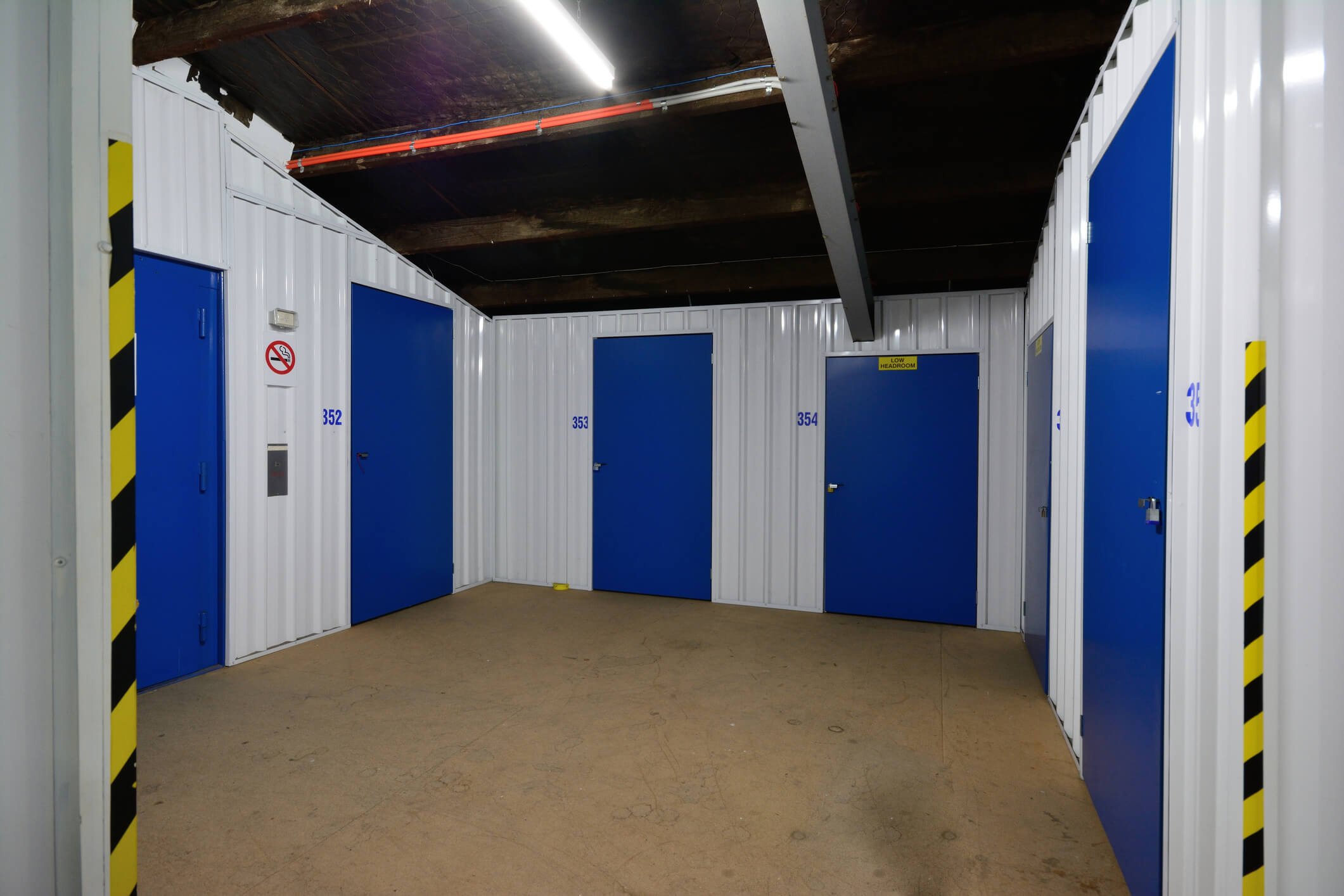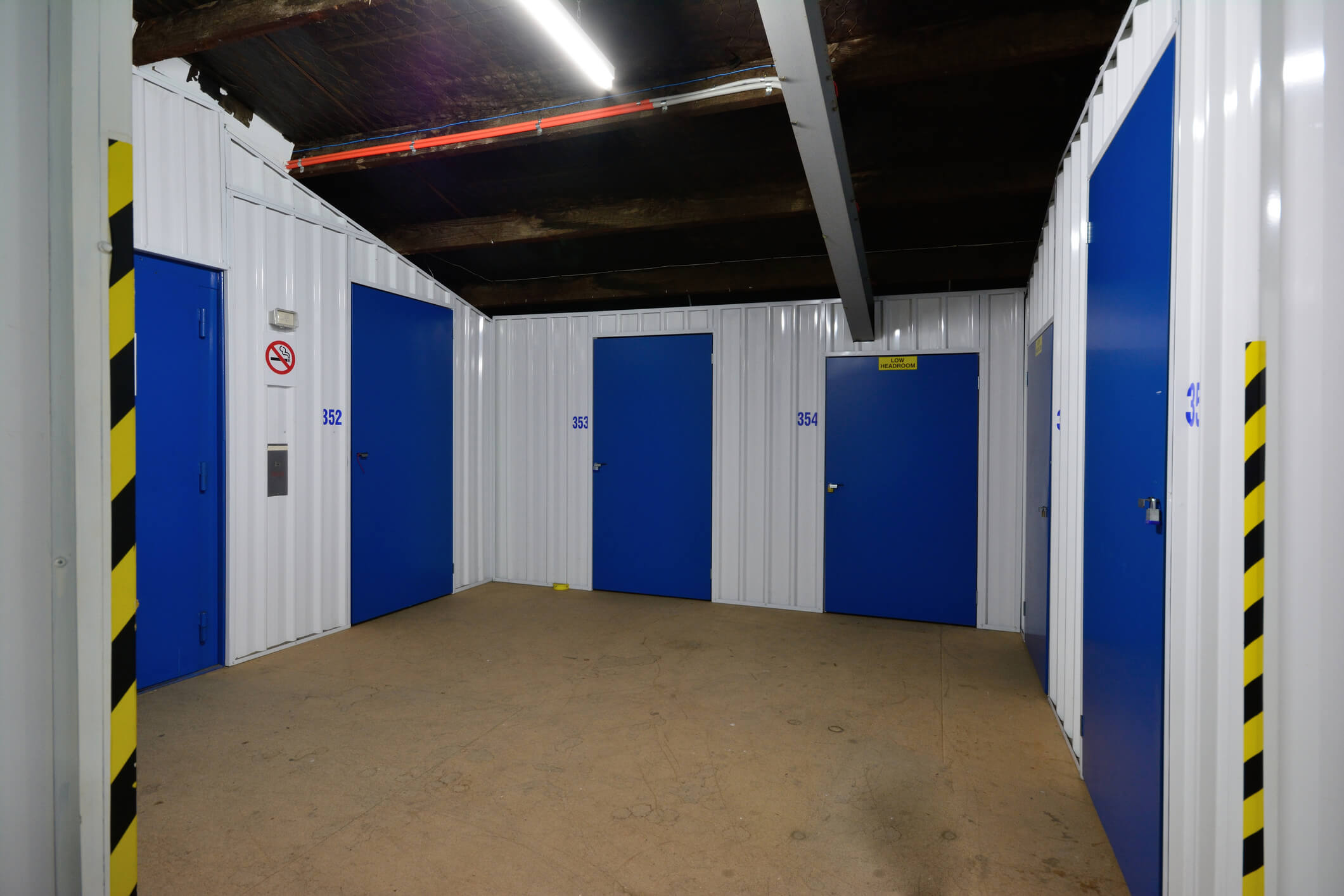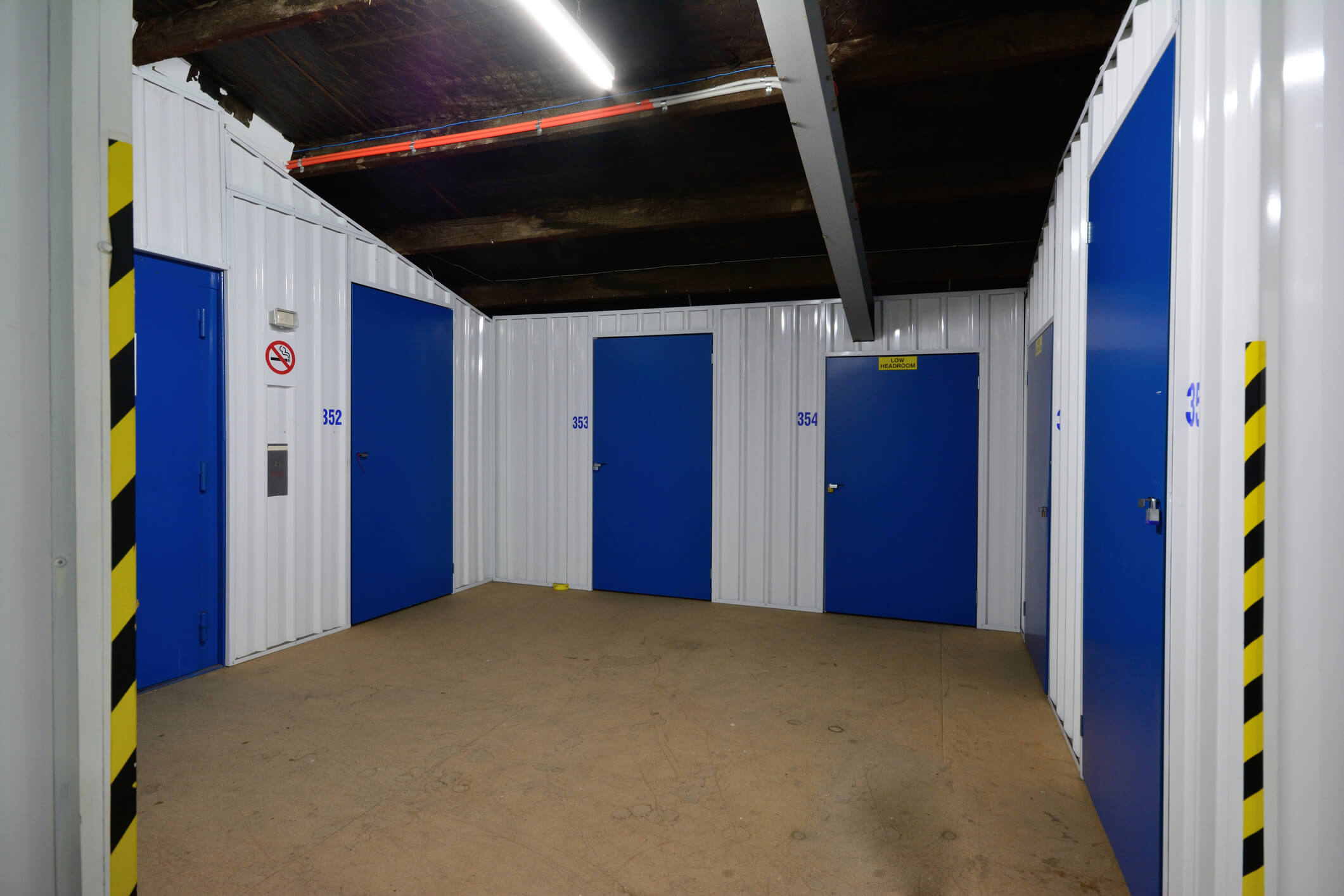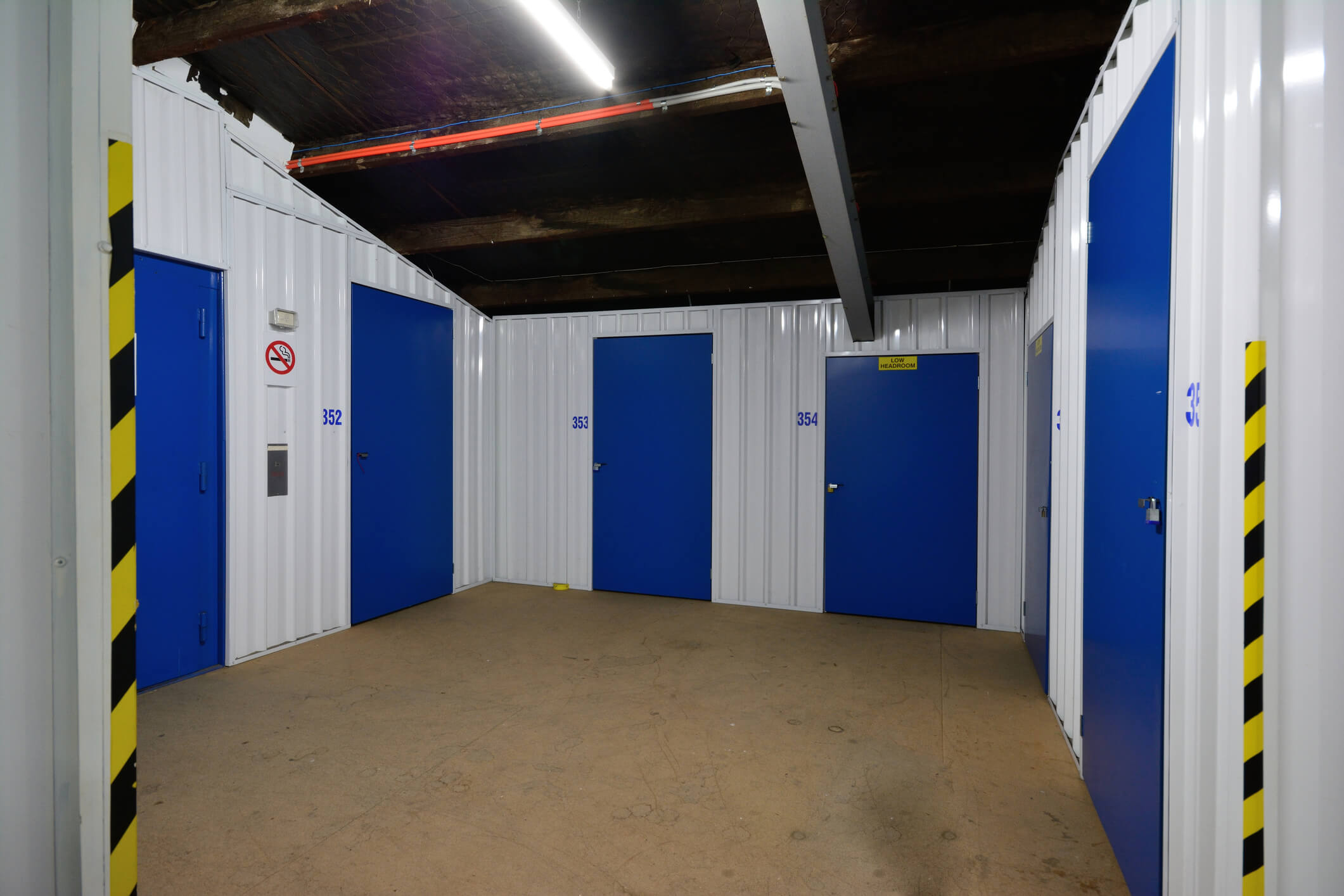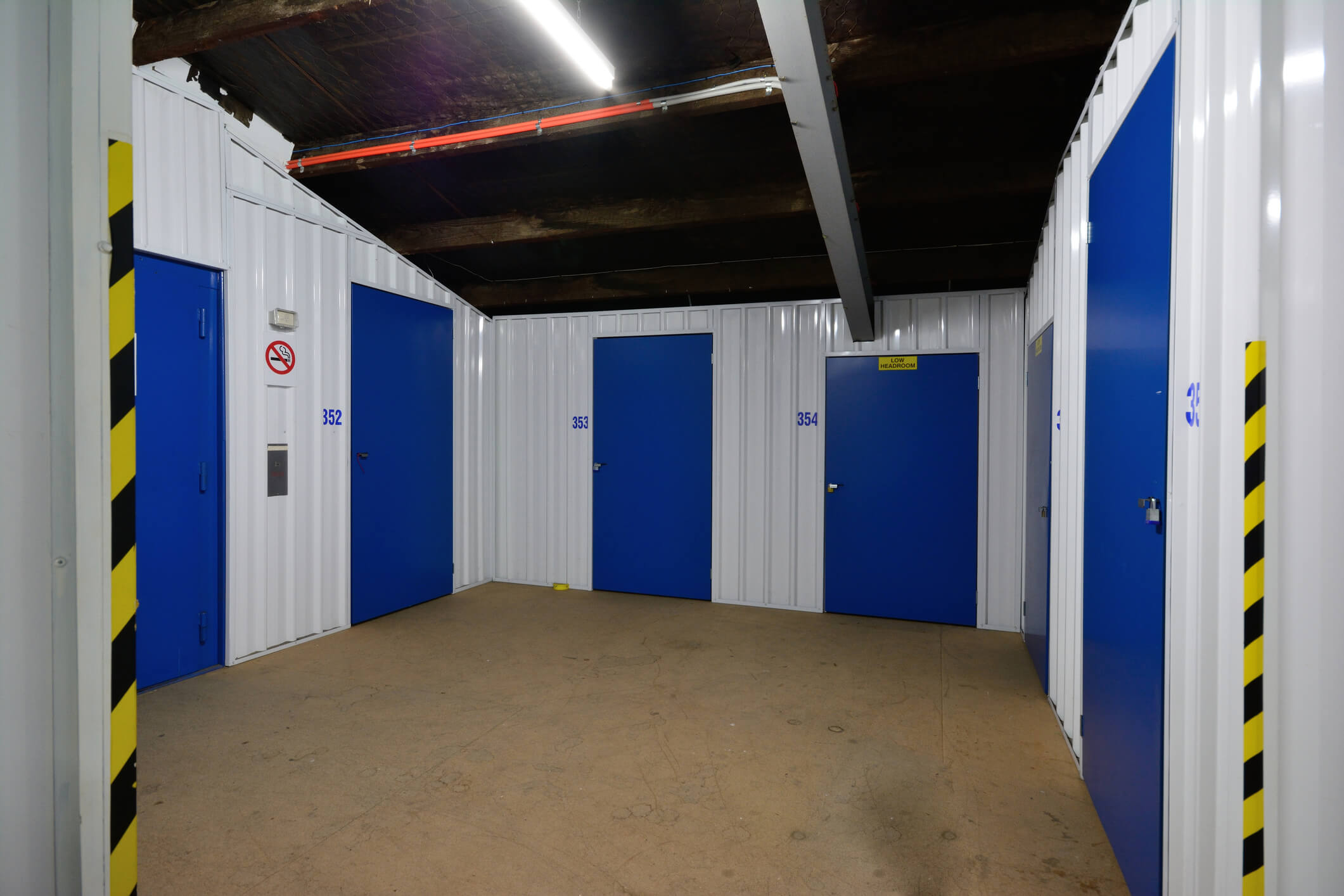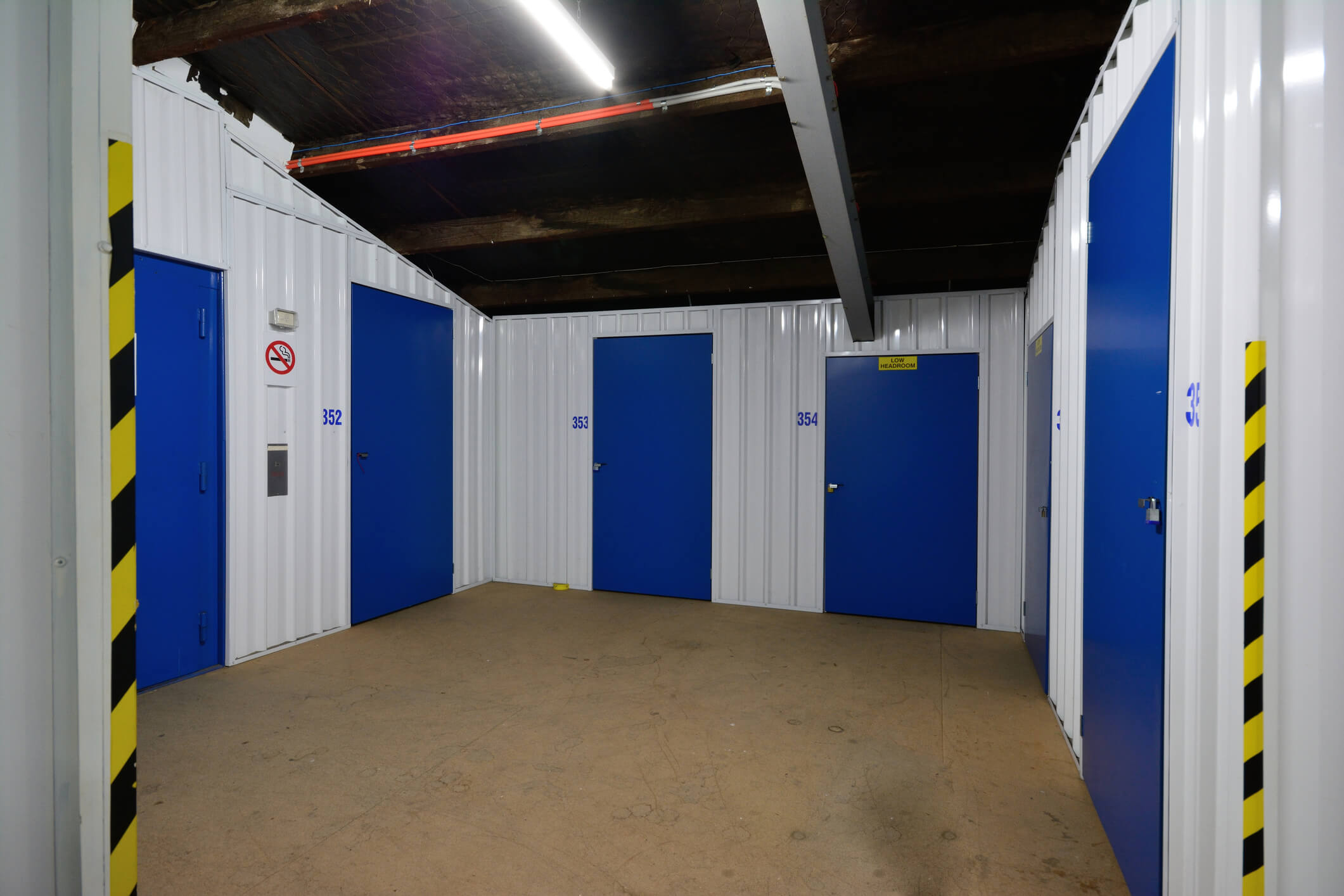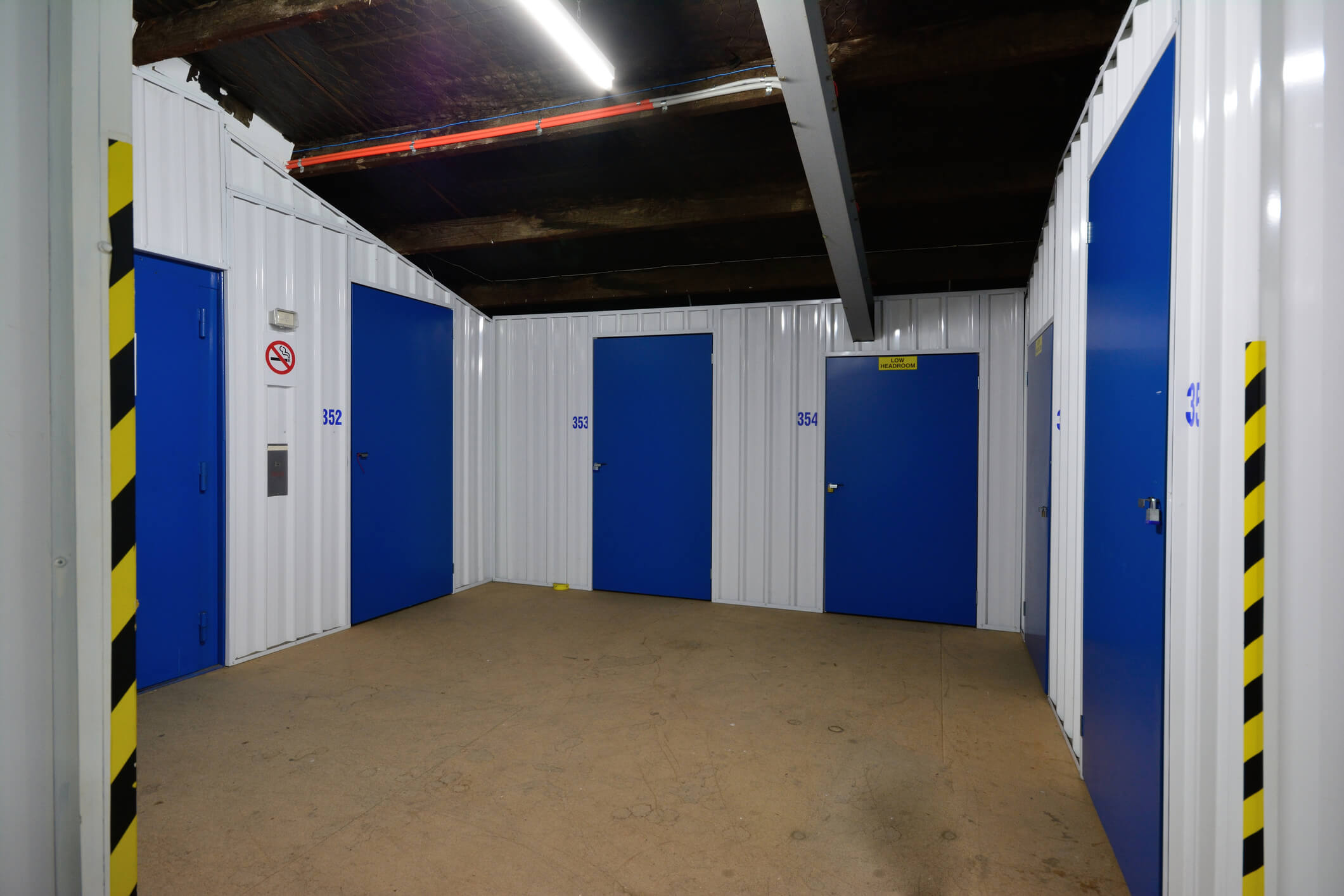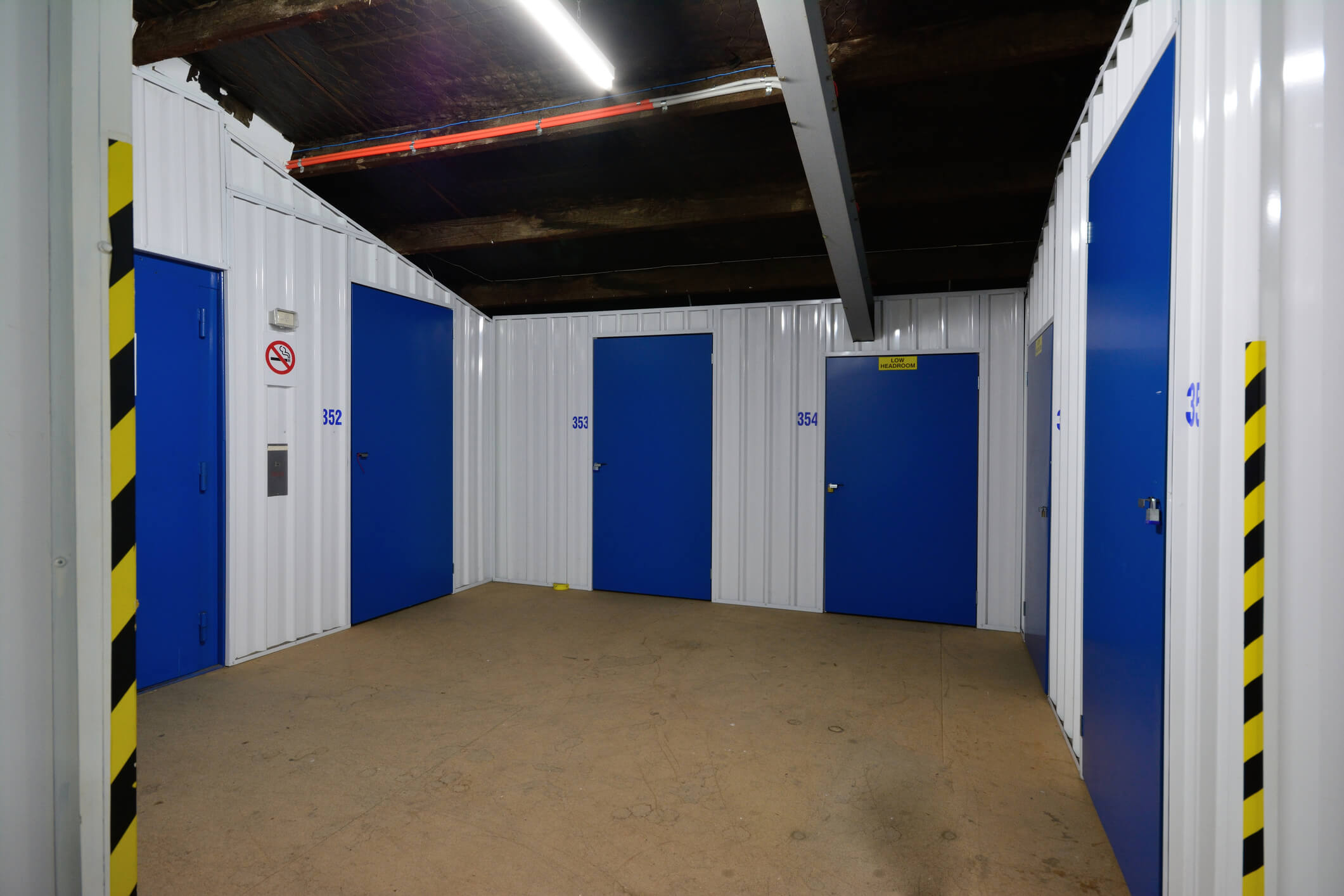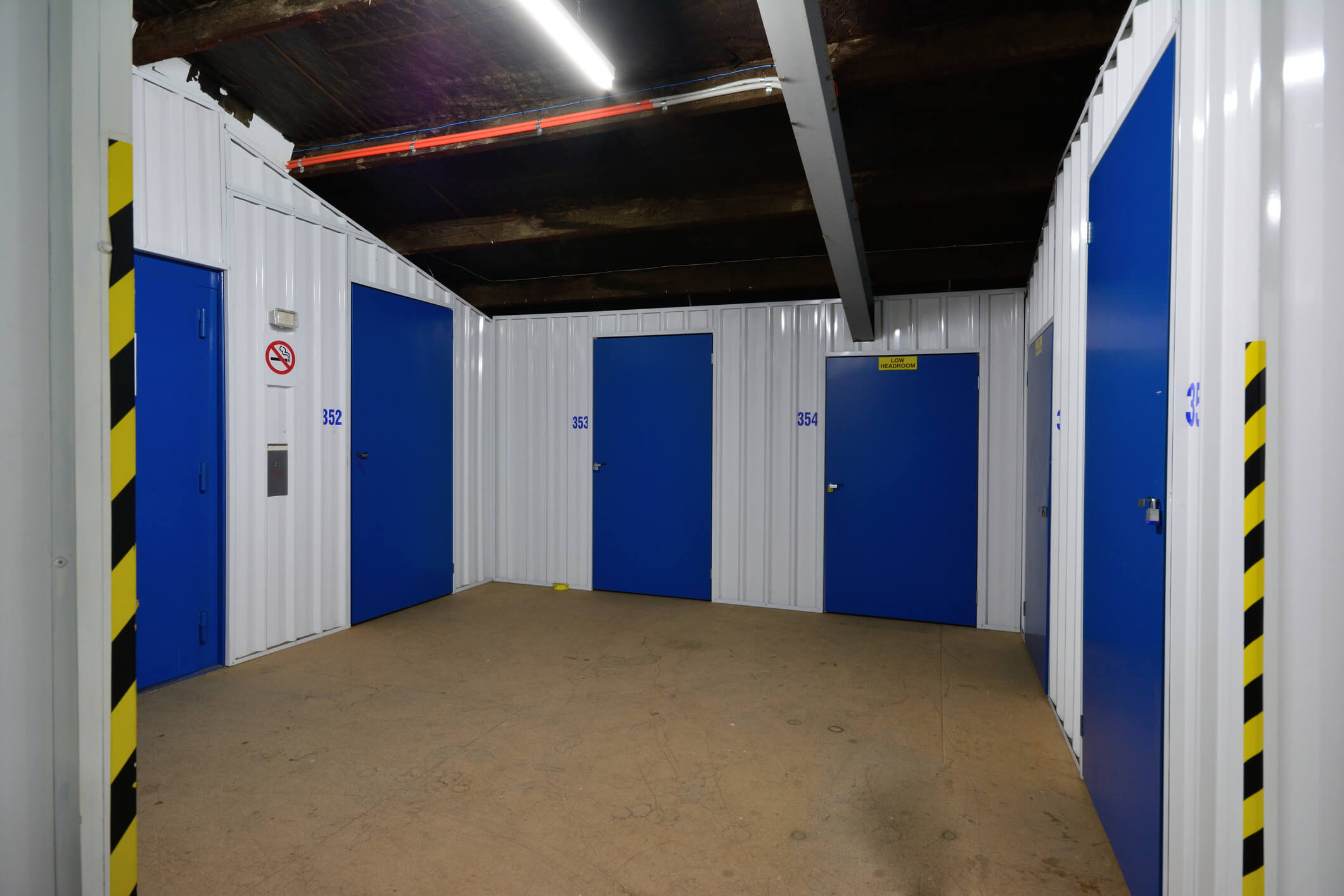Running a storage facility business involves significant operational risks that could force temporary closure or s…
Storage Facility Equipment Insurance: Protecting Your Warehouse Operations
Running a storage facility involves significant investment in specialized equipment that keeps your operations running smoothly. From forklifts and conveyor systems to climate control units and security systems, this equipment is the backbone of your business. When equipment fails or gets damaged, the financial impact can be devastating. That's where storage facility equipment insurance becomes essential.
What is Storage Facility Equipment Insurance?
Storage facility equipment insurance is specialized coverage designed to protect the machinery, tools, and equipment that storage facilities rely on daily. This insurance goes beyond basic property coverage to address the unique risks and equipment needs of warehouse and storage operations.
Unlike standard commercial property insurance, equipment insurance specifically covers the mechanical breakdown, accidental damage, and theft of essential operational equipment. It ensures that when your critical equipment fails, you have the financial protection to repair or replace it quickly, minimizing business disruption.
Types of Equipment Covered
Storage facility equipment insurance typically covers a wide range of essential equipment including:
Material Handling Equipment
Forklifts, pallet jacks, conveyor systems, cranes, and lifting equipment form the core of most storage operations. These machines face constant use and are susceptible to mechanical breakdown, collision damage, and wear-related failures.
Climate Control Systems
HVAC units, refrigeration systems, dehumidifiers, and temperature monitoring equipment are crucial for facilities storing sensitive goods. Equipment failure can lead to significant stock losses and customer claims.
Security Systems
CCTV cameras, alarm systems, access control equipment, and fire suppression systems protect both your facility and stored goods. Equipment failure can leave your facility vulnerable to theft and damage.
Loading Dock Equipment
Dock levelers, dock seals, overhead doors, and hydraulic systems enable efficient loading and unloading operations. Breakdown can halt operations and create safety hazards.
Power and Utility Equipment
Generators, electrical systems, lighting, and backup power systems ensure continuous operations. Power equipment failures can shut down entire facilities.
Warehouse Management Systems
Computer systems, barcode scanners, inventory management software, and automated storage systems are increasingly critical to modern storage operations.
Key Risks Facing Storage Facility Equipment
Storage facilities face unique equipment risks that make specialized insurance coverage essential:
Mechanical Breakdown
Heavy use and demanding conditions lead to mechanical failures. Forklifts operating multiple shifts, conveyor systems running continuously, and climate control systems working around the clock are all susceptible to breakdown.
Accidental Damage
Collisions between forklifts and equipment, dropped loads damaging conveyor systems, and accidents during maintenance can cause significant equipment damage.
Electrical Issues
Power surges, electrical faults, and lightning strikes can damage sensitive electronic equipment and control systems.
Theft and Vandalism
Valuable equipment like forklifts, tools, and electronic systems are attractive targets for thieves. Remote or poorly secured facilities face higher risks.
Environmental Damage
Flooding, fire, extreme temperatures, and humidity can damage equipment beyond repair. Climate-controlled facilities face additional risks if environmental systems fail.
Wear and Tear
While not typically covered by insurance, premature wear due to excessive use or poor maintenance can lead to unexpected equipment failures.
Choosing the Right Coverage Level
Selecting appropriate coverage requires careful assessment of your equipment inventory and business needs:
Equipment Valuation
Conduct regular equipment appraisals to ensure coverage limits reflect current replacement costs. Equipment values can fluctuate significantly with market conditions.
Business Impact Assessment
Identify which equipment is most critical to operations and prioritize coverage accordingly. Some equipment failures may halt entire operations while others cause minor disruptions.
Risk Assessment
Consider your facility's specific risks based on location, equipment age, maintenance practices, and operational intensity.
Deductible Selection
Higher deductibles reduce premium costs but increase out-of-pocket expenses during claims. Balance affordability with financial capacity.
Coverage Extensions
Consider additional protections like cyber coverage for computerized equipment, pollution coverage for refrigeration systems, and terrorism coverage for high-risk locations.
Cost Factors and Premium Considerations
Several factors influence storage facility equipment insurance premiums:
Equipment Type and Value
More expensive and complex equipment typically costs more to insure. Specialized equipment may require higher premiums due to limited repair options.
Facility Location
Areas prone to natural disasters, high crime rates, or extreme weather conditions face higher premiums.
Safety and Maintenance Practices
Facilities with strong safety programs, regular maintenance schedules, and proper operator training often qualify for premium discounts.
Claims History
Previous equipment claims can impact future premium costs. Facilities with clean claims records typically receive better rates.
Security Measures
Robust security systems, including surveillance, alarms, and access controls, can reduce theft-related premiums.
Operational Factors
24-hour operations, high-volume throughput, and intensive equipment use may increase premium costs.
Risk Management Best Practices
Implementing strong risk management practices can reduce both insurance costs and equipment failures:
Preventive Maintenance Programs
Regular maintenance schedules, operator training, and equipment inspections can prevent many breakdowns and extend equipment life.
Safety Training
Comprehensive operator training reduces accident-related equipment damage and improves overall facility safety.
Environmental Controls
Proper climate control, drainage systems, and environmental monitoring protect equipment from weather-related damage.
Security Measures
Adequate lighting, surveillance systems, secure storage, and access controls deter theft and vandalism.
Emergency Response Plans
Quick response to equipment failures, fire suppression systems, and emergency procedures minimize damage severity.
Documentation and Record Keeping
Detailed equipment records, maintenance logs, and incident reports support insurance claims and demonstrate good risk management.
Claims Process and Documentation
When equipment damage occurs, proper claims handling ensures quick resolution:
Immediate Response
Report claims promptly to your insurer and take steps to prevent further damage. Document the scene with photographs and detailed notes.
Professional Assessment
Work with qualified technicians to assess damage and determine repair feasibility. Get multiple quotes for major repairs or replacements.
Documentation Requirements
Maintain detailed records including purchase receipts, maintenance logs, operator training records, and incident reports.
Temporary Measures
Implement temporary solutions to maintain operations while permanent repairs are arranged. Keep records of additional costs incurred.
Working with Adjusters
Cooperate fully with insurance adjusters while ensuring your interests are protected. Consider hiring public adjusters for complex claims.
Industry-Specific Considerations
Different types of storage facilities face unique equipment insurance challenges:
Cold Storage Facilities
Refrigeration equipment failures can destroy entire inventories. Specialized coverage for temperature-sensitive operations is essential.
Automated Warehouses
High-tech automated systems require specialized coverage for complex mechanical and electronic components.
Hazardous Material Storage
Facilities storing dangerous goods need coverage for specialized handling equipment and enhanced safety systems.
Third-Party Logistics Providers
Multi-client facilities may need coverage that addresses customer property protection and service level agreements.
Self-Storage Facilities
Consumer-focused facilities need coverage for access control systems, security equipment, and customer service infrastructure.
Regulatory Compliance and Standards
Storage facility equipment insurance must consider various regulatory requirements:
Health and Safety Regulations
Equipment must meet workplace safety standards. Insurance may require compliance with OSHA or similar regulations.
Environmental Standards
Refrigeration systems, chemical storage equipment, and waste handling systems must comply with environmental regulations.
Fire Safety Codes
Fire suppression systems, emergency lighting, and evacuation equipment must meet local fire codes.
Building Codes
Structural equipment like dock levelers and overhead doors must comply with building standards.
Industry Standards
Specialized equipment may need to meet industry-specific standards for food safety, pharmaceutical storage, or hazardous materials.
Future Trends and Considerations
The storage facility industry continues evolving, creating new equipment insurance considerations:
Automation and Robotics
Increasing automation requires specialized coverage for complex robotic systems and artificial intelligence equipment.
Green Technology
Solar panels, energy-efficient systems, and sustainable technologies may require specialized coverage options.
Cyber Integration
Internet-connected equipment creates cyber security risks that traditional equipment insurance may not cover.
Supply Chain Disruptions
Global supply chain issues can extend equipment replacement times, making business interruption coverage more critical.
Climate Change Impacts
Extreme weather events are becoming more frequent, requiring enhanced coverage for weather-related equipment damage.
Conclusion
Storage facility equipment insurance is a critical investment for protecting your business operations and financial stability. The specialized nature of warehouse equipment and the unique risks facing storage facilities make standard property insurance insufficient for comprehensive protection.
By understanding the types of coverage available, assessing your specific risks, and implementing strong risk management practices, you can secure appropriate protection for your equipment investments. Work with experienced insurance professionals who understand the storage industry to develop a comprehensive coverage strategy that protects your business while managing costs effectively.
Remember that equipment insurance is not just about replacing damaged machinery – it's about maintaining business continuity, protecting customer relationships, and ensuring your facility can continue serving clients even when equipment failures occur. The cost of comprehensive equipment insurance is minimal compared to the potential losses from unprotected equipment failures.
Regular review of your coverage ensures it keeps pace with equipment additions, value changes, and evolving business needs. As your storage facility grows and modernizes, your equipment insurance should evolve accordingly to provide continued protection for your valuable operational assets.


 0330 127 2333
0330 127 2333

